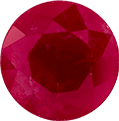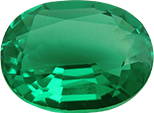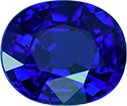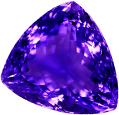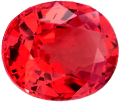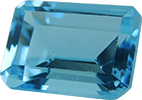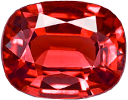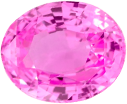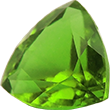Gemstone education
Usually, if you want to become a pro in the gemstones, you have to make a long way of study and practice. To understand the gems, you start studying many things that might seem quite boring: the crystallization systems, MOH, refractive index, birefringence, crystal axes, special gravity, chemical, physical properties, hue, saturation, etc... When you open the gemstones' guide, I believe that the last things you want to see are the terms and definitions needed to be explained and studied. I promised you to make it easier for you to understand so that I will keep my word.
Let's say you want to buy the ruby for your ring, the first thing you do is google it or look for a ruby at eBay or Amazon. Now, what do you see? A lot of rubies starting from few dollars and up to hundreds of thousands $ per carat. I believe your next thought is what the … is going on here??? I know that ruby is a precious stone. How could it cost less than lunch at McDonald's?




Ok. Let's start. How can we determine that the precious stone like ruby, emerald or, sapphire is cheap or expensive? There are 3 things we are looking for:
1.The size. To be correct, the weight in carats. The bigger is the weight - the higher is the price per carat.




2.Transparency. Clarity. The more transparent is the gemstone, the higher is the price.




3.The color. The richer the color, the higher is the price.




In this group, three stones could be more expensive than other gemstones called semi-precious. Instead of the name "semi-precious," those gemstones are considered precious.
In Conclusion
According to tradition, we divide the gemstones into precious and semi-precious ones. As you already know, the "precious" stones can be much cheaper than "semi-precious." So ignore this fact. It's just a tradition. So, let's start with precious gemstones.

